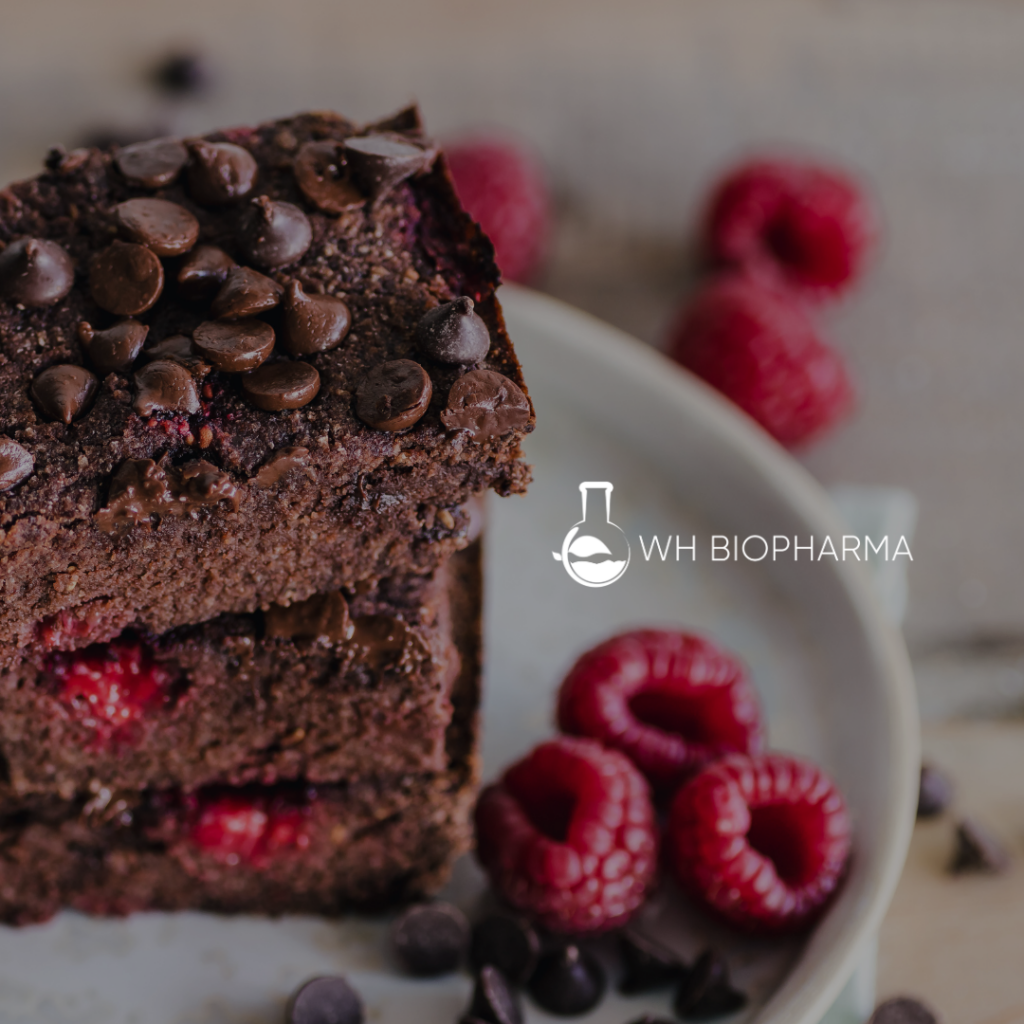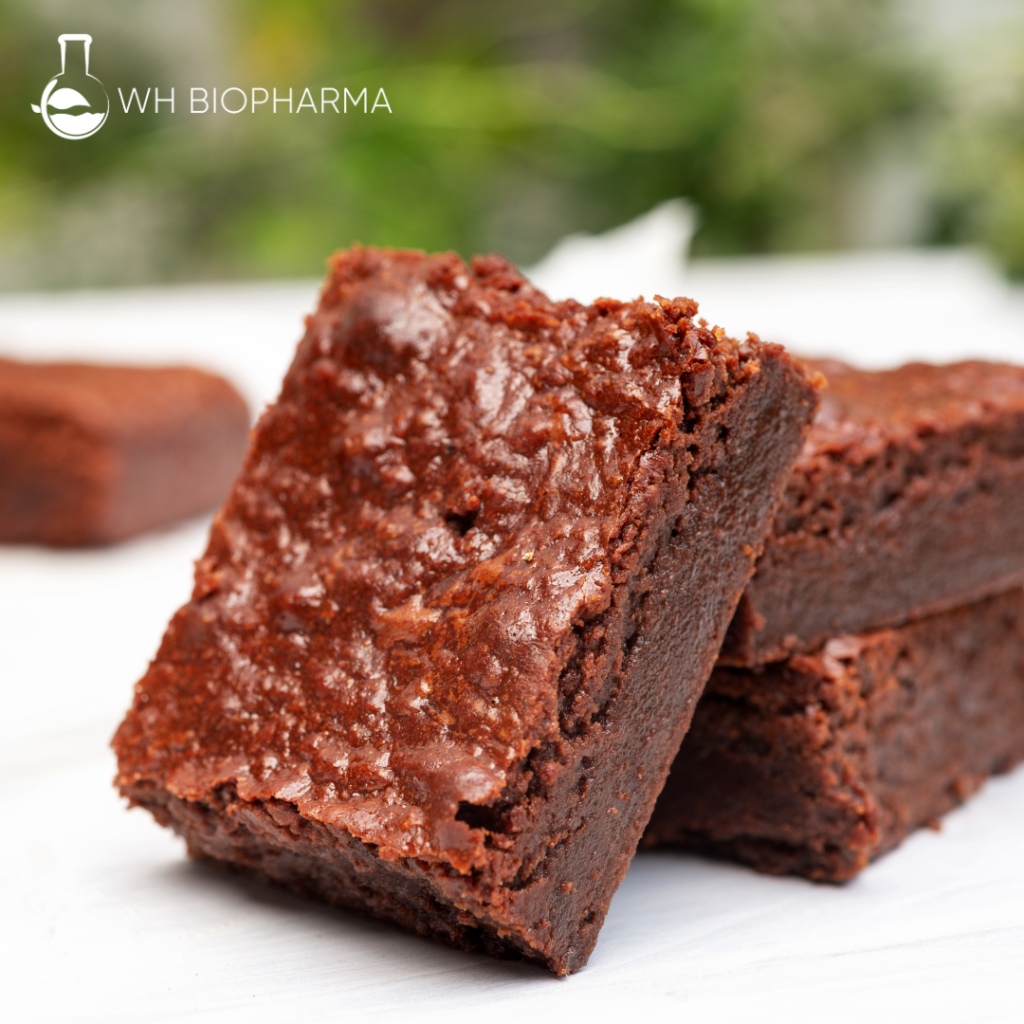Protein brownies are already known for their nutritional benefits and delicious taste, but there’s a secret ingredient that can take them to the next level – fiber. In this article, we’ll explore the benefits of adding fiber to your protein brownies and how it can make this delightful treat even more satisfying while promoting digestive health.
The Importance of Fiber

Fiber is a critical component of a healthy diet, and it plays a crucial role in maintaining proper digestive function. It’s known for its ability to keep you feeling full, regulate blood sugar levels, and promote a healthy gut. By incorporating fiber into your protein brownies, you’re not only enhancing their nutritional value but also making them more filling and supportive of your overall well-being.
Fiber is an often-overlooked but essential component of a healthy diet. It is a type of carbohydrate found in plant-based foods, and it plays a crucial role in supporting various aspects of your health. Here are some of the key reasons why fiber is important:
Digestive Health:
Preventing Constipation: Fiber adds bulk to your stool, making it easier to pass, which can help prevent constipation.
Promoting Regular Bowel Movements: A high-fiber diet can aid in maintaining regular, healthy bowel movements.
Satiety and Weight Management:
Feeling Full: Fiber-rich foods take longer to chew and digest, which can help you feel full and satisfied. This can be beneficial for weight management by reducing overall calorie intake.
Blood Sugar Control:
Slowing Carbohydrate Absorption: Soluble fiber can slow down the absorption of sugar, helping to stabilize blood sugar levels. This is particularly important for individuals with diabetes.
Heart Health:
Reducing Cholesterol Levels: Soluble fiber, such as that found in oats and legumes, can help lower LDL (bad) cholesterol levels, reducing the risk of heart disease.
Blood Pressure Management: Some studies suggest that a high-fiber diet may contribute to better blood pressure control.
Gut Health
Feeding Beneficial Gut Bacteria: Fiber serves as a source of nourishment for the beneficial bacteria in your gut. A healthy gut microbiome is associated with numerous health benefits, including a stronger immune system and improved digestion.
Reducing the Risk of Chronic Diseases:
Cancer Prevention: Some types of fiber may help reduce the risk of certain types of cancer, such as colorectal cancer.
Type 2 Diabetes Prevention: A diet high in fiber may lower the risk of developing type 2 diabetes.
Weight Management
Appetite Control: Fiber-rich foods tend to be more filling and can help control appetite, which can be beneficial for weight management.
Improved Gut Function:
Regular Bowel Movements: Fiber promotes regular and healthy bowel movements, reducing the risk of constipation.
Lowering the Risk of Chronic Diseases:
Heart Disease: A high-fiber diet can help lower cholesterol levels and reduce the risk of heart disease.
Type 2 Diabetes: Fiber can help regulate blood sugar levels and reduce the risk of developing type 2 diabetes.
Healthy Weight Management:
Satiety: Fiber-rich foods tend to be more filling, which can aid in weight management by reducing overall calorie intake.
To experience the numerous benefits of fiber, it’s important to include a variety of fiber-rich foods in your diet, such as whole grains, legumes, fruits, vegetables, nuts, and seeds. The recommended daily intake of fiber varies by age and sex but generally falls within the range of 25 to 38 grams for adults. A balanced diet that includes a variety of fiber sources can help you achieve and maintain good health and well-being.
Creating High-Fiber Protein Brownies
To make high-fiber protein brownies, you’ll need to adjust your recipe slightly and add specific ingredients. Here’s how to do it:
Choose a Fiber-Rich Flour: Replace some or all of the regular flour in your brownie recipe with a high-fiber alternative. Whole wheat flour, oat flour, or almond flour are excellent choices. These flours not only boost fiber content but also add a hearty texture to your brownies.
Incorporate Fiber-Rich Add-Ins: Consider adding ingredients like ground flaxseeds, chia seeds, or bran to your brownie mix. These ingredients are packed with dietary fiber and provide a pleasant crunch in every bite.
Use High-Fiber Sweeteners: Opt for natural sweeteners like applesauce or mashed bananas, which not only add sweetness but also contribute to the fiber content of your brownies.
Include Fiber-Packed Nuts and Fruits: Chopped nuts, such as almonds or walnuts, and dried fruits like raisins or prunes, can be wonderful sources of dietary fiber. They also bring an extra layer of flavor and texture to your brownies.
The Benefits of High-Fiber Protein Brownies

Satiety: Fiber is well-known for its ability to keep you feeling full for longer periods. When you consume high-fiber protein brownies, they are more satisfying, making them an ideal option for curbing snack cravings and overeating.
Digestive Health: A diet rich in fiber supports a healthy digestive system by preventing constipation and promoting regular bowel movements. High-fiber brownies contribute to your daily fiber intake and aid in maintaining gut health.
Blood Sugar Regulation: Fiber helps regulate blood sugar levels by slowing down the absorption of carbohydrates. This can be particularly beneficial for those looking to manage their blood sugar or avoid sugar crashes.
Heart Health: A diet high in fiber has been linked to a reduced risk of heart disease. Incorporating fiber into your brownies can be a delicious way to support your cardiovascular health.
High-fiber protein brownies offer a delightful way to enjoy a classic dessert while reaping the benefits of fiber. By modifying your brownie recipe to include fiber-rich ingredients, you can create a satisfying treat that not only meets your sweet tooth’s desires but also supports your digestive health and overall well-being. So, the next time you whip up a batch of protein brownies, consider adding fiber to make them even more delightful and nutritious.





